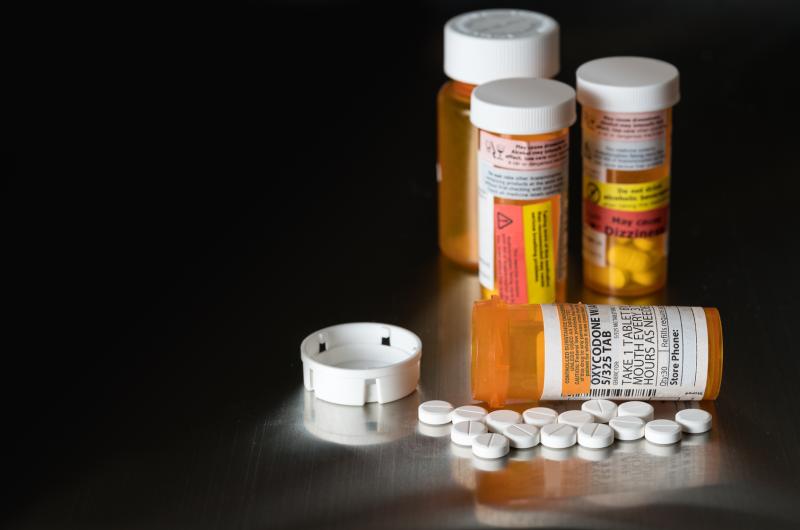 Opioids, despite their initial efficacy as painkillers, can make pain worse.
Opioids, despite their initial efficacy as painkillers, can make pain worse.Implementation of a hospital-wide Alternatives to Opiates (ALTO) program falls short of reducing in-hospital or discharge opioid prescribing, reports a study.
This single-centre, retrospective study included adult patients admitted for >24 hours with the primary diagnosis of traumatic injury between August 2018 and October 2019. Those with alcohol or polysubstance abuse, chronic opioid use, or in-hospital mortality were excluded.
The incidence of opioid prescribing at hospital discharge pre- and post-ALTO was the primary outcome. Secondary outcomes included the proportion of patients with in-hospital opioid, nonopioid and multimodal analgesia, and hospital and ICU length of stay (LOS).
Seven hundred three patients (mean age 59 years, 58.7 percent male) met the eligibility criteria: 471 in pre-ALTO and 232 in post-ALTO groups. The mean initial Injury Severity Score (ISS) was 9.1. The post-ALTO group showed a slightly higher prevalence of opioid prescribing at hospital discharge than the pre-ALTO group (43.8 percent vs 39.4 percent; p=0.1237).
Most patients received prescriptions of in-hospital opioid (87.5 percent vs 70.4 percent; p<0.0001) and nonopioid (98.7 percent vs 93.6 percent; p=0.0027) analgesics or multimodal analgesia (87.5 percent vs 84.3 percent; p=0.2591).
Additionally, median hospital (4 vs 5; p=0.3427) and ICU (3 vs 2; p=0.3461) LOS were similar between pre- and post-ALTO groups
“Opioids remain mainstay for trauma-related pain treatment,” the researchers said. “ALTO was not associated with less in-hospital or discharge opioid prescribing.”